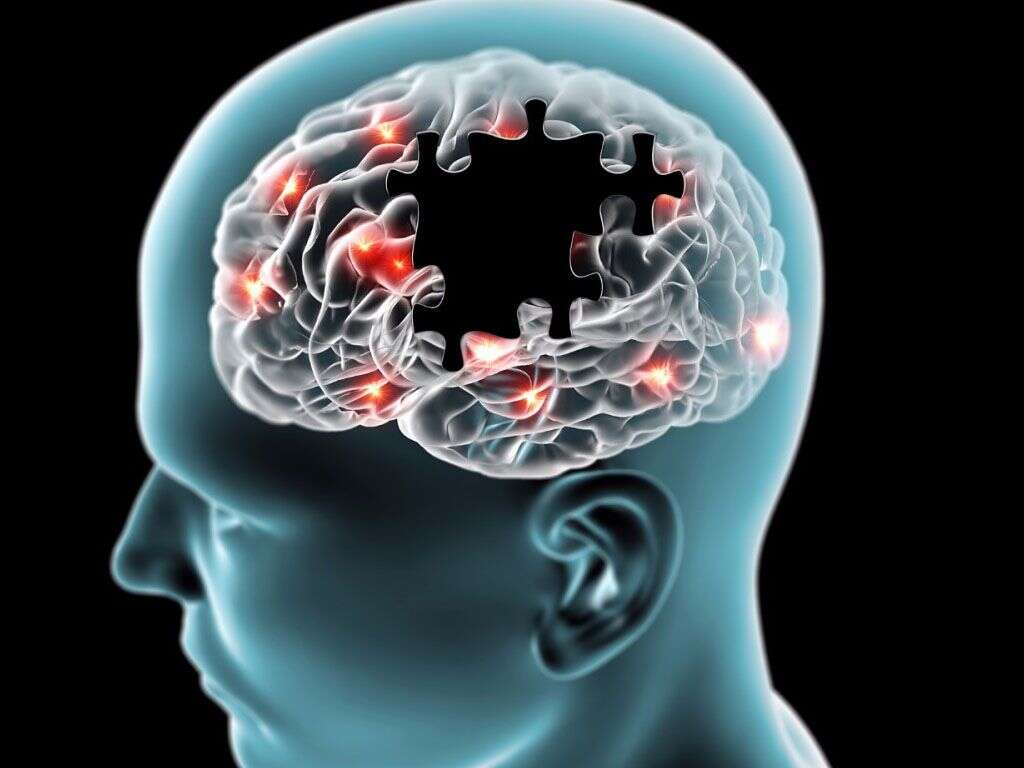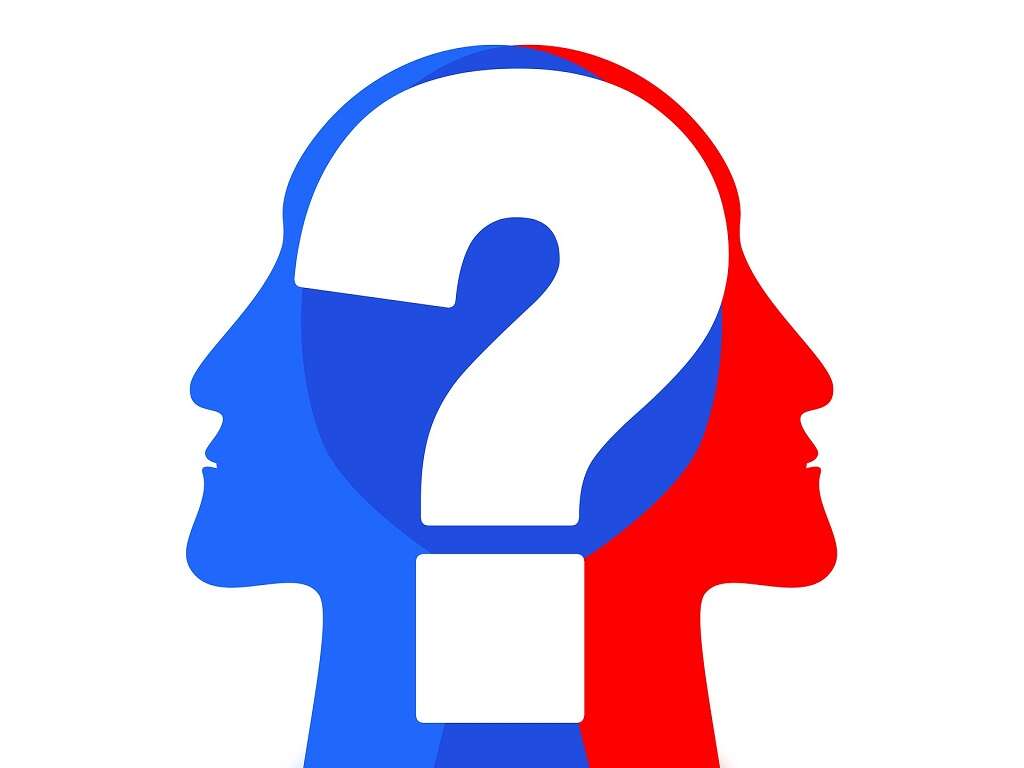Neuroleptic Malignant Syndrome Symptoms
 Article Sources
Article Sources
- 1. Berman, Brian D. “Neuroleptic malignant syndrome: a review for neurohospitalists.” The Neurohospitalist vol. 1,1 (2011): 41-7. doi:10.1177/1941875210386491
- 2. Khan, Zafar, Rajaratnam, R., Singh, Vinod. “Neurogenic bladder in neuroleptic malignant syndrome.” Urology vol. 37,6 (1991): 533-544. Available from: https://www.sciencedirect.com/science/article/pii/0090429591803207
- 3. Simon LV, Hashmi MF, Callahan AL. Neuroleptic Malignant Syndrome. [Updated 2020 Jun 3]. In: StatPearls [Internet]. Treasure Island (FL): StatPearls Publishing; 2020 Jan-. Available from: https://www.ncbi.nlm.nih.gov/books/NBK482282/
- 4. Tse, Lurdes et al. “Neuroleptic Malignant Syndrome: A Review from a Clinically Oriented Perspective.” Current neuropharmacology vol. 13,3 (2015): 395-406. doi:10.2174/1570159x13999150424113345
Neuroleptic malignant syndrome (NMS) is an emergent situation that requires medical attention with swift diagnosis and treatment. It is the result of misusing certain medications that control the chemical, dopamine, within the brain. This can either occur by overdosing on medications that work by reducing dopamine or by quickly stopping or changing medications that work to increase dopamine. Ultimately, the sudden decrease in dopamine to the brain will, theoretically, cause a chain reaction to the nervous and musculoskeletal systems.3Simon LV, Hashmi MF, Callahan AL. Neuroleptic Malignant Syndrome. [Updated 2020 Jun 3]. In: StatPearls [Internet]. Treasure Island (FL): StatPearls Publishing; 2020 Jan-. Available from: https://www.ncbi.nlm.nih.gov/books/NBK482282/
NMS is suspected by recognizing a recent change in a medication that affects dopamine, along with having rigid muscles, and a fever or hyperthermia. There are other signs that need to be present in order to make the diagnosis complete. Treatment will be around stabilizing dopamine levels and will also depend on the complications that will arise.3Simon LV, Hashmi MF, Callahan AL. Neuroleptic Malignant Syndrome. [Updated 2020 Jun 3]. In: StatPearls [Internet]. Treasure Island (FL): StatPearls Publishing; 2020 Jan-. Available from: https://www.ncbi.nlm.nih.gov/books/NBK482282/ Below are just some of the typical signs and symptoms of NMS.

1. Muscle Rigidity
Muscle rigidity should not be confused with a muscle spasm or having “stiff muscles”. Muscle rigidity is actually due to an issue within the brain vs. the muscle itself. The messages that the muscles receive are abnormal and will cause some degree of rigidness. The amount of rigidness can vary and be as extreme as a non-moveable limb.
The withdrawal of dopamine that causes NMS will affect the part of the brain that controls this aspect of our muscles. Due to this effect on the brain, muscle rigidity is one of the primary signs of NMS. It can be of a small area of the body, symmetrical on both sides, and can range from slight increase in muscle tone to total rigidity.4Tse, Lurdes et al. “Neuroleptic Malignant Syndrome: A Review from a Clinically Oriented Perspective.” Current neuropharmacology vol. 13,3 (2015): 395-406. doi:10.2174/1570159x13999150424113345

2. Difficulty Swallowing
In the medical world, difficulty swallowing is called dysphagia. It can be due to a multitude of problems and will be treated based on the underlying issue. Speech therapy is an excellent intervention for difficulty swallowing. If someone is having a tough time swallowing, they are at risk of choking or aspirating food/drink/saliva into the lungs which may cause pneumonia.
It was mentioned above that dopamine has an effect on the part of the brain that controls the underlying tone of our muscles. In some cases of NMS, the muscles within the throat will have an increase in rigidity which will cause difficulty in swallowing.4Tse, Lurdes et al. “Neuroleptic Malignant Syndrome: A Review from a Clinically Oriented Perspective.” Current neuropharmacology vol. 13,3 (2015): 395-406. doi:10.2174/1570159x13999150424113345

3. Tremors
Tremors are an involuntary, repetitive movement of a body part. Tremors can be caused by low blood sugar, disease of the brain or nervous system, among others. Tremors are often described as being a symptom of Parkinson’s Disease, which is in fact treated with medications that affect dopamine within the brain. The presence of a tremor can be quite frustrating as it can disrupt a person’s ability to do activities such as writing or eating.
When dopamine is suddenly reduced, tremors can occur because dopamine is one of the main neurotransmitters that works within the part of the brain that controls movement. Tremors, therefore, are a symptom of NMS.4Tse, Lurdes et al. “Neuroleptic Malignant Syndrome: A Review from a Clinically Oriented Perspective.” Current neuropharmacology vol. 13,3 (2015): 395-406. doi:10.2174/1570159x13999150424113345

4. Excessive Sweating that is Greasy
Sweating, although sometimes embarrassing, is the human body’s way of cooling off. It works by the body recognizing that it is too hot and causes the skin to release sweat. Sweat is a combination of water, electrolytes, and sometimes other materials that the body is wishing to expel. The moisture on the skin works to cool the body off by a process called evaporative heat loss. The body may also cause sweating as a response to stress or illness.
Excessive sweating, particularly greasy sweat, is a sign of NMS. It occurs from the disruption of the nervous system from the deficiency of dopamine in the brain.4Tse, Lurdes et al. “Neuroleptic Malignant Syndrome: A Review from a Clinically Oriented Perspective.” Current neuropharmacology vol. 13,3 (2015): 395-406. doi:10.2174/1570159x13999150424113345

5. Heart Rate Increases
The rate that our heart beats will depend upon quite a few things. For example, moving around, emotions, diet, etc. will all change how fast the heart beats. It is normal and healthy for the body to be able to tell the heart to change how much it is beating in order to meet the demands of the moment. Heart rate can also tell us a lot about what may be an underlying condition within the body.
As mentioned earlier, the part of the nervous system that helps to control the heart rate is affected by NMS. In a normal, healthy person, the body will have checks and balances to keep the heart beating at a certain rate. But somebody who has something wrong with these checks and balances will experience an array of symptoms. Through a chain of reactions, NMS will cause the heart rate to increase often above 100 beats per minute at rest.1Berman, Brian D. “Neuroleptic malignant syndrome: a review for neurohospitalists.” The Neurohospitalist vol. 1,1 (2011): 41-7. doi:10.1177/1941875210386491

6. Hyperthermia
Hyperthermia is an abnormal increase in body temperature. It can be due to being in a very hot environment or due to something being wrong with the parts of the body that control how our temperature is regulated. Hyperthermia should not be confused with hypothermia which is a decrease in the body temperature. Hyperthermia is slightly different from fever in that, when caused by the body itself, will raise above temperatures that a fever will normally stop at.
Dopamine has a direct effect on the part of the brain that controls our body temperature. It therefore comes as no surprise that a symptom of NMS is an increased temperature.4Tse, Lurdes et al. “Neuroleptic Malignant Syndrome: A Review from a Clinically Oriented Perspective.” Current neuropharmacology vol. 13,3 (2015): 395-406. doi:10.2174/1570159x13999150424113345

7. Altered Mental Status or Change in Consciousness
The mental status and level of consciousness of a person will tell a lot about how they’re doing. Someone who is awake, alert, and oriented to where they are, who they are, and the time is said to be conscious with a normal mental status. A person who is having trouble staying awake or is not alert and who has trouble being oriented to their surroundings is said to have an altered mental status which can include confusion or delirium. A person who is not awake and unresponsive has some degree of unconsciousness or coma.
Those with NMS will typically show some signs of altered mental status and consciousness. The degree of these signs will vary from person to person.1Berman, Brian D. “Neuroleptic malignant syndrome: a review for neurohospitalists.” The Neurohospitalist vol. 1,1 (2011): 41-7. doi:10.1177/1941875210386491 Delirium has been described as a hallmark sign of NMS.4Tse, Lurdes et al. “Neuroleptic Malignant Syndrome: A Review from a Clinically Oriented Perspective.” Current neuropharmacology vol. 13,3 (2015): 395-406. doi:10.2174/1570159x13999150424113345

8. Blood Pressure Changes
Blood pressure is a commonly checked vital sign that tells us a lot about our body and is the amount of pressure that the blood is applying to the walls of the arteries. Blood pressure naturally rises and falls depending upon what we are doing, feeling, eating, etc. and also will change due to certain things being wrong within the body. Blood pressure that is abnormally high while at rest is called hypertension while blood pressure that is abnormally low is called hypotension. Sometimes, blood pressure will change rapidly which is called labile blood pressure.
Labile blood pressure is another sign of NMS. The rapid changes in blood pressure are an indicator that the part of the nervous system that helps to increase or decrease blood pressure is out of whack.4Tse, Lurdes et al. “Neuroleptic Malignant Syndrome: A Review from a Clinically Oriented Perspective.” Current neuropharmacology vol. 13,3 (2015): 395-406. doi:10.2174/1570159x13999150424113345

9. Lab Values
Lab values offer clinicians an idea of what may be going on within the body. They are found by testing levels of certain chemicals, compounds, cells, etc. within a patient’s blood, urine, cerebral spinal fluid, and others. The specific lab that the clinician orders to be drawn will depend upon what they suspect is wrong with the patient and then used to help confirm the diagnosis.
In some cases of NMS, a test ordered by the doctor will reveal an increased level of creatine phosphokinase which indicates the breaking down of skeletal muscle (rhabdomyolisis) and also an increased level of white blood cells (leukocytosis). Excessive and prolonged break down of skeletal muscle could cause kidney (renal) failure. The doctor may also find that the patient is deficient in iron and in a state of metabolic acidosis, which is essentially when the body has a higher pH.1Berman, Brian D. “Neuroleptic malignant syndrome: a review for neurohospitalists.” The Neurohospitalist vol. 1,1 (2011): 41-7. doi:10.1177/1941875210386491

10. Urinary Incontinence or Retention
Urinary incontinence describes the inability to retain urine within the bladder. Incontinence can occur from the bladder simply being too full and waiting too long, a neurological problem, a change in position of the bladder, or pelvic floor issues, etc. Urinary incontinence that is due to something wrong within the nervous system is called neurogenic bladder. Neurogenic bladder can cause either difficulty with holding urine in (incontinence) or difficulty letting urine out (retention).
Neurogenic bladder is the cause of urinary incontinence (or retention) in those with NMS due to the reduced dopamine within the brain.2Khan, Zafar, Rajaratnam, R., Singh, Vinod. “Neurogenic bladder in neuroleptic malignant syndrome.” Urology vol. 37,6 (1991): 533-544. Available from: https://www.sciencedirect.com/science/article/pii/0090429591803207 This can be a very frustrating and shocking sign for someone to experience especially if it is not something that they are used to.










